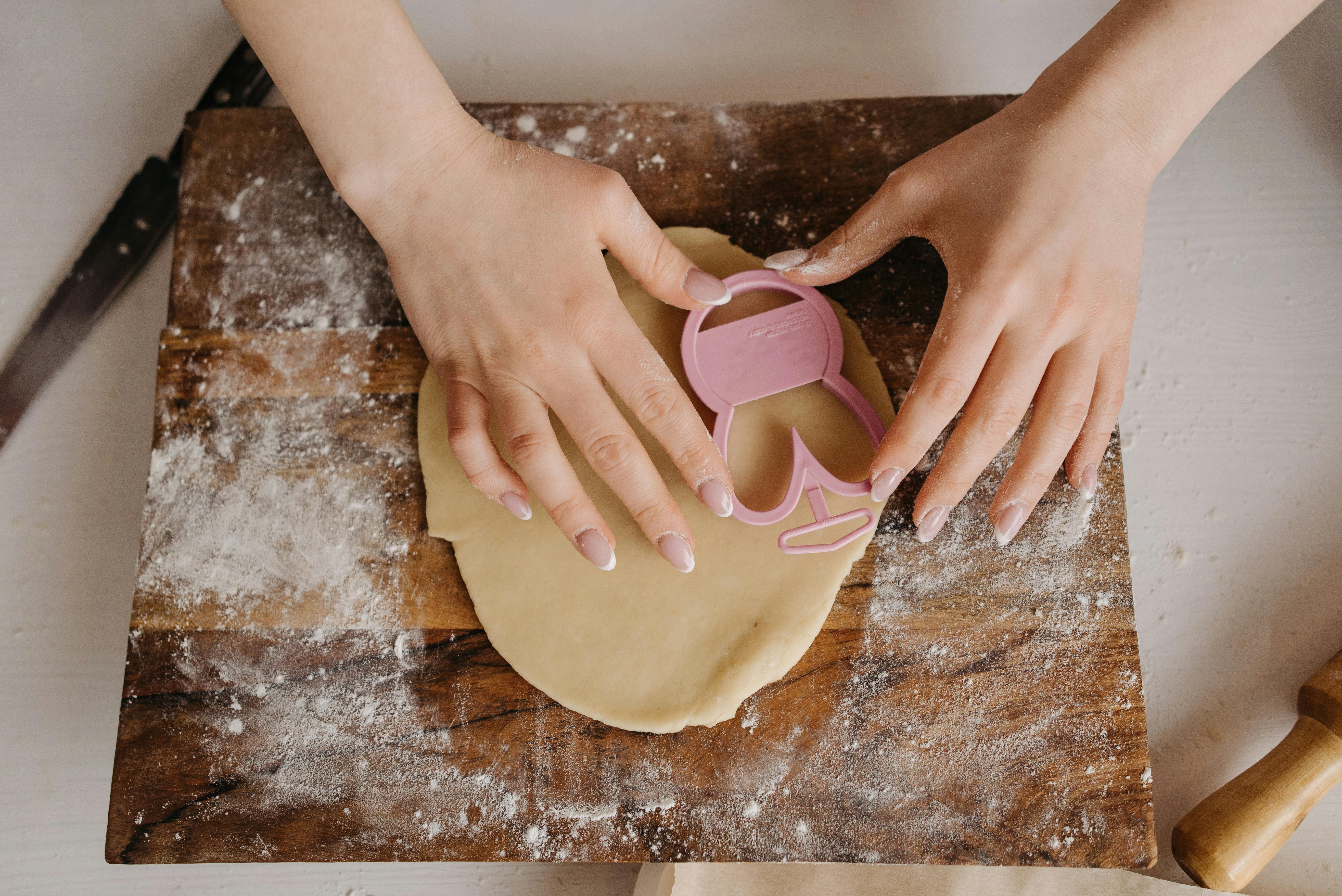The process of cycad relocation has been going on since early botanists and cycad enthusiasts first realized that cycad hatchlings and parent plants could be successfully removed from the habitat and reestablished in a different location. This process continues today for a variety of reasons, involving both commercial and conservation purposes.
As a general rule of thumb, when moving cultivated cycads from the field, I start by removing 10-50% of the oldest (lower) leaves. This will relieve some of the load on the plant when the root system is compromised by the transplanting process. I then label one remaining leaf indicating its directional orientation, for example, a leaf pointing east. After that, I dig a circular channel seen from above around the caudex (trunk or bulb) with a diameter equivalent to about 3-4 times the diameter of the caudex. For example, a 10-inch diameter caudex would start with a channel hole that would be dug about 30-40 inches in diameter, with the 10-inch caudex in the center. I keep digging down to about 3-4 times the diameter of the caudex, gradually undermining the root ball.
As this process continues, and the root ball becomes more defined, I try to selectively trowel or hose off the extra soil around the root ball, while trying to preserve as much of the root mass as possible. The goal is to remove as much unnecessary soil weight from the root ball as possible. It is necessary to cut off part of the root system. As the root ball is carefully reduced in size, you must determine your ability to remove the relatively intact root ball with available labor or mechanical assistance. This crucial step will be left to the ingenuity of the perpetrators. I have seen many techniques work successfully. Once the cycad has been removed, I examine the root ball and cleanly cut off any ragged roots, which are visible on the outside of the root ball, and treat them with fungicide and/or rooting hormone. A dolly, dolly, or other mechanical device can be used to transport the plant to its new location or to place it in a pot or box. If I transplant into the ground, I try to select a location that has a slope or mound-like ground feature. Cycads prefer good drainage, so a well-draining sandy loam or decomposed granite in combination with a mound or sloping location will meet those needs.
When the location has been determined, I dig my hole to about 1½ times the diameter of the root ball. I then carefully lower the plant and root ball into the center of the hole, taking care to orient the plant according to the label that was attached to one of the leaves before moving it. Reorienting the plant to its original direction can eliminate one of the minor elements of stress the plant experiences during the relocation process.
When the plant is centered and correctly oriented, I begin to fill in the native soil around the root ball, carefully tamping it down as the hole is filled. It is important to maintain the same level of soil in the caudex as it was in its original location. To concentrate food and water around the newly developed root system, I recommend creating a container of soil around the caudex that extends just beyond the perimeter of the root. Then I water the plant well to moisten all the soil in the root ball and the new soil around it.
After all the soil has been soaked, I like to finish by filling the entire container with a 5 gallon bucket of water with liquid rooting hormone added and letting it soak. Then I recommend letting the rooting hormone do its thing for about 2-3 weeks before watering again. It would not hurt to continue with the liquid hormone in 2 or 3 of the successive irrigation periods.
Although this process can be done successfully almost any time of the year, I find the optimum time to be early to late spring. This gives the plant the best time of the growing season to regenerate roots and eventually produce a new wave of leaves. Don’t be surprised if your plant produces a cone or leaves that are smaller and/or in fewer numbers than normal. This is a normal response to a plant that has gone through shock or relocation or repotting. Within a season or two, as the root system reestablishes itself, the plant will eventually produce leaves and cones that are normal for the size of its caudex. If your transplant was done in early or late spring, I recommend that you hold off feeding for 2-3 months to allow the root system to begin to recover. Then water and feed as you normally would.
grow and prosper,
keith
